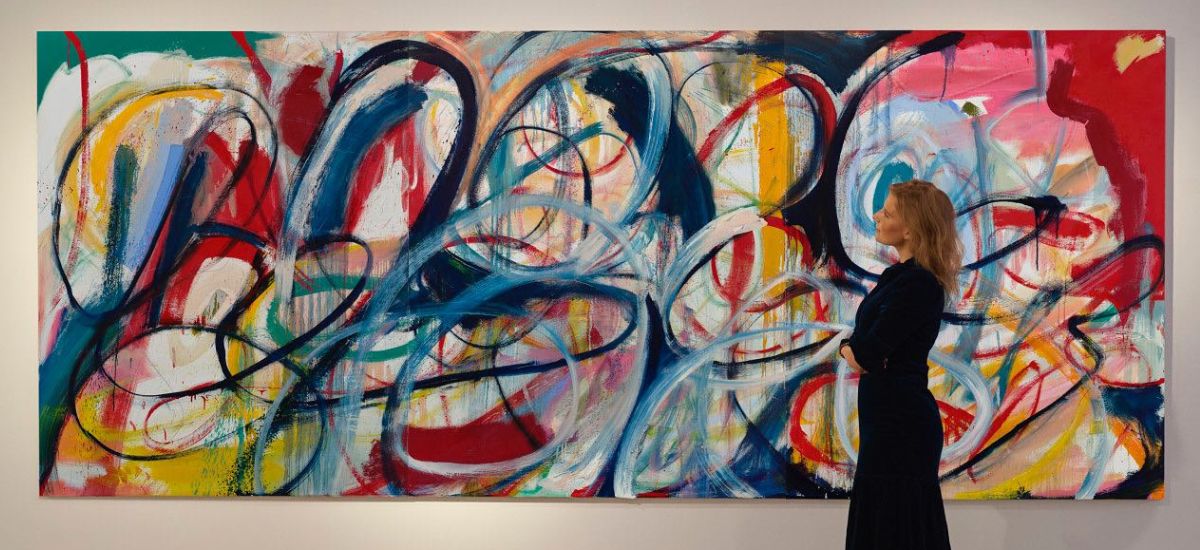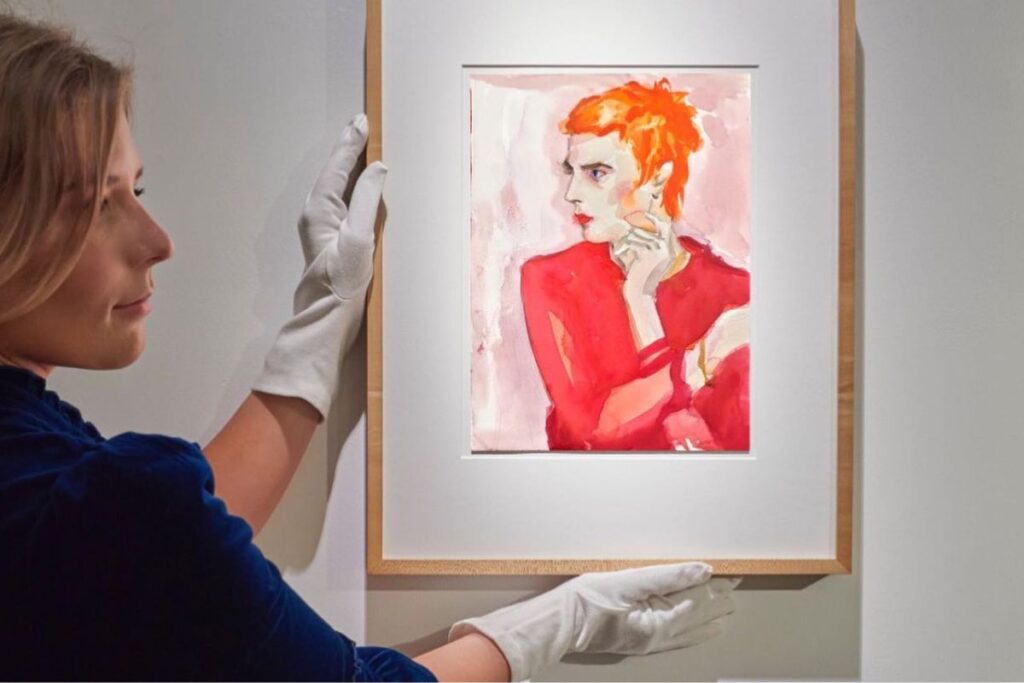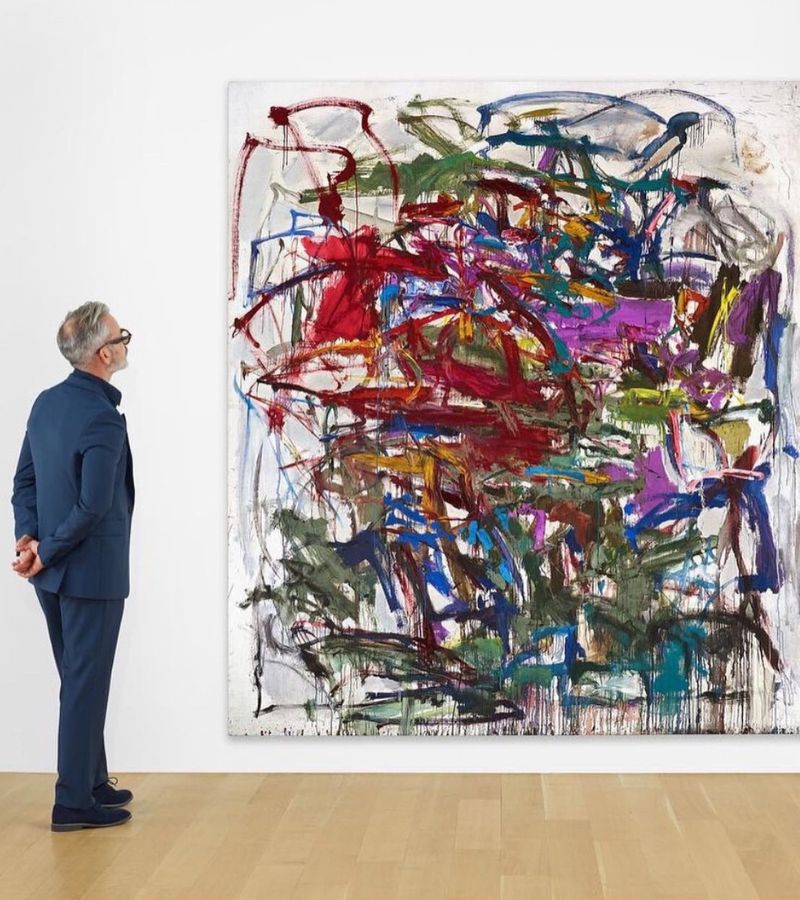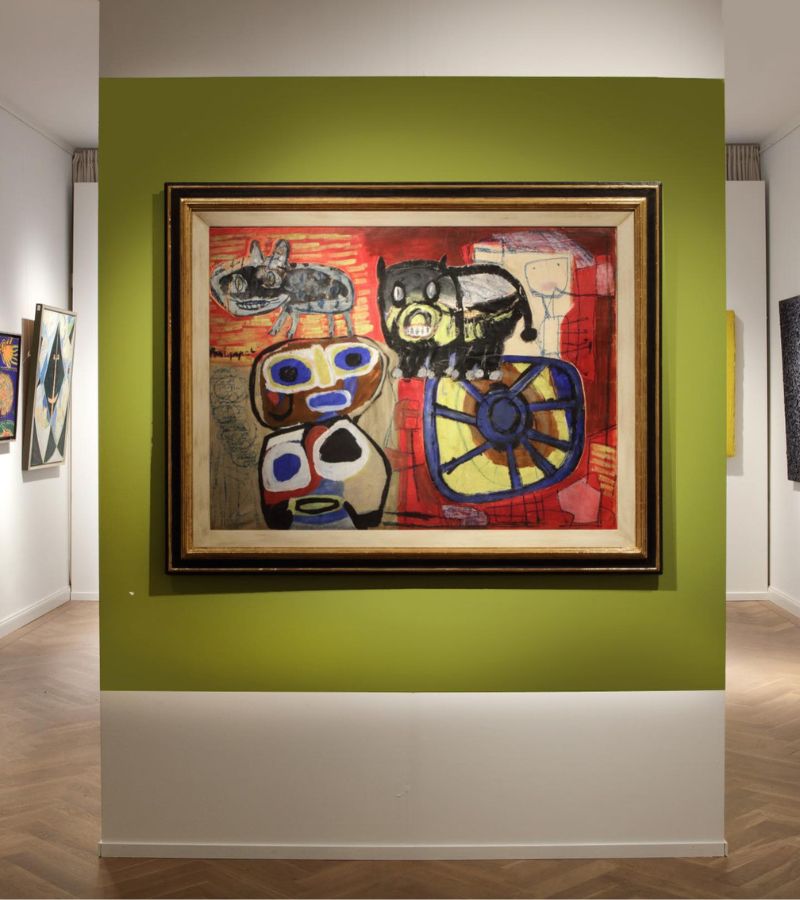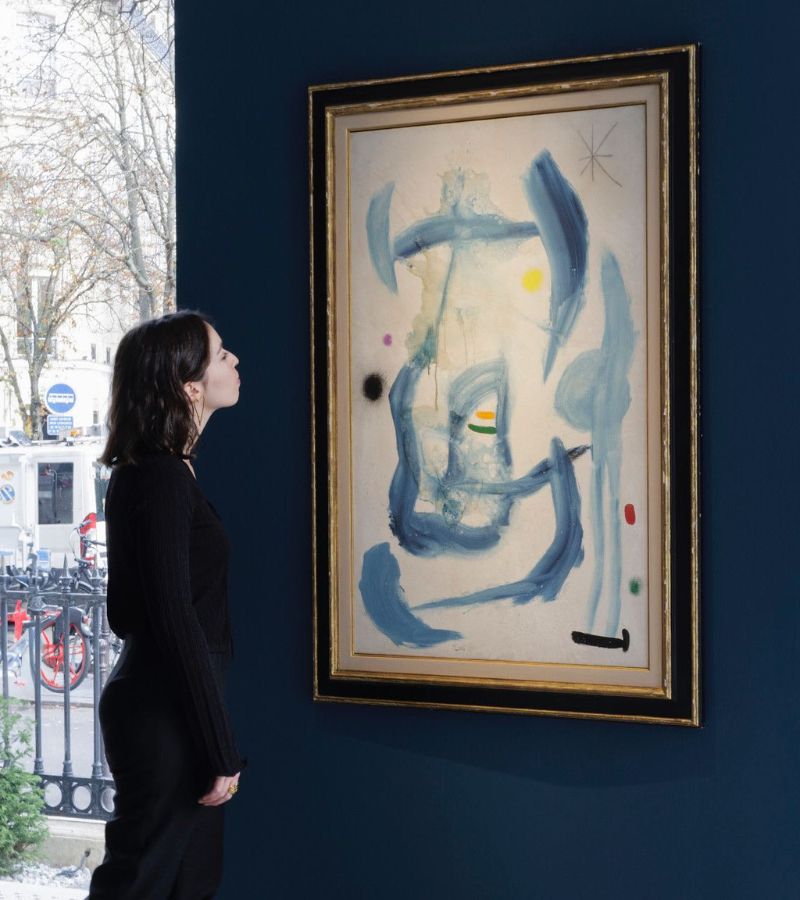Beyond aesthetics, art beckons as a lucrative asset. Is art as investment a masterpiece or a mirage? Understanding art market dynamics is key to navigating this intriguing landscape. As collectors and investors increasingly turn their attention to art, it becomes essential to discover what truly drives value in this vibrant marketplace.
Join us as we decode the canvas of capital and explore the fascinating intersection of art and investment.

